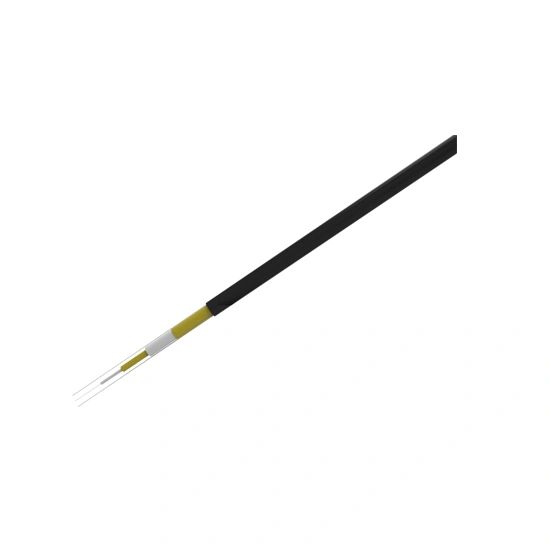Unlocking the Future of Connectivity with Fiber Optics 2.0

The world of connectivity is rapidly evolving, and at the forefront of this revolution are advanced optical cables powered by Fiber Optics 2.0. These cutting-edge cables not only enable faster and more reliable data transmission but also pave the way for a multitude of technological advancements. In this article, we will delve into the intricacies of Fiber Optics 2.0, exploring its potential, benefits, and the impact it holds for various industries.
1. The Building Blocks of Fiber Optics 2.0: Advanced Optical Cables
At the heart of Fiber Optics 2.0 lies the foundation of its power - advanced optical cables. These intricate cables consist of ultra-fine strands of glass or plastic, known as optical fibers, that transmit information rapidly through light pulses. By utilizing these advanced optical cables, we can achieve data transmission speeds that far surpass traditional copper-based mediums.
These cables are designed with several key components, including the core, cladding, and protective outer jacket. The core, made of high-quality optical material, allows the transmission of light signals. Surrounding the core is the cladding, which reflects the light signals back into the core, preventing signal loss. Finally, the outer jacket acts as a protective layer, shielding the core and cladding from environmental factors.
2. The Benefits of Fiber Optics 2.0 for Connectivity
Fiber Optics 2.0 brings forth a myriad of advantages that revolutionize the world of connectivity:
- Unparalleled Speed: Unlike traditional copper cables, advanced optical cables offer blazing-fast data transmission speeds, enabling near-instantaneous communication and seamless streaming experiences.
- Immunity to Interference: Fiber Optics 2.0 is immune to electromagnetic interference and crosstalk, allowing for consistent and reliable data transmission even in high-noise environments. This feature makes it ideal for industrial applications and areas with dense network traffic.
- Long-Distance Transmission: With the ability to transmit data over long distances without significant signal degradation, Fiber Optics 2.0 bridges gaps that were previously unattainable with copper cables. This makes it ideal for applications such as internet backbones and undersea telecommunication cables.
3. The Role of Fiber Optics 2.0 in Various Industries
Fiber Optics 2.0 holds great promise across a multitude of industries, revolutionizing the way we connect and interact:
- Telecommunications: Advanced optical cables form the backbone of modern telecommunications networks, enabling high-speed internet connections, flawless voice calls, and uninterrupted video streaming.
- Healthcare: Fiber Optics 2.0 plays a critical role in transmitting medical data, facilitating telemedicine services, and connecting medical devices for real-time monitoring. Its high bandwidth and reliability contribute to efficient healthcare delivery.
- Aerospace: In the aerospace industry, Fiber Optics 2.0 ensures secure and rapid communication between aircraft components, enhancing navigation, inflight entertainment systems, and maintenance processes.
- Data Centers: The speed and efficiency of Fiber Optics 2.0 make it indispensable in data centers, where vast amounts of data need to be transmitted and processed rapidly. These advanced optical cables support the increasing demand for cloud computing and storage solutions.
4. The Future of Fiber Optics 2.0: Advancements on the Horizon
Fiber Optics 2.0 continues to evolve as researchers and engineers push the boundaries of what is possible. Some future advancements we can anticipate include:
- Increased Bandwidth: Ongoing research aims to enhance the bandwidth capability of Fiber Optics 2.0 even further, enabling the seamless transmission of ever-growing data volumes.
- Enhanced Flexibility: Innovations in cable design and materials may lead to more flexible and lightweight optical cables, making installation and maintenance easier while catering to diverse applications.
- Integration with 5G: The impending rollout of 5G networks will amplify the need for Fiber Optics 2.0, as its speed and reliability will serve as a backbone for the massive data demands of this next-generation wireless technology.
Conclusion
Fiber Optics 2.0, powered by advanced optical cables, is propelling the future of connectivity. With its unprecedented speed, immunity to interference, and suitability for various industries, Fiber Optics 2.0 is at the forefront of modern technology. As we look ahead, the continuous advancement and integration of Fiber Optics 2.0 will reshape the way we connect, communicate, and innovate.



